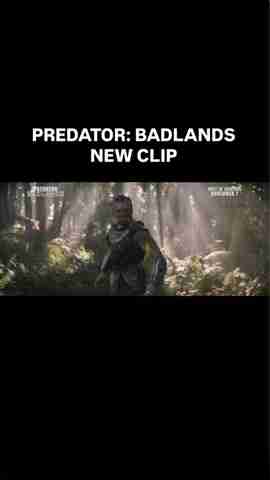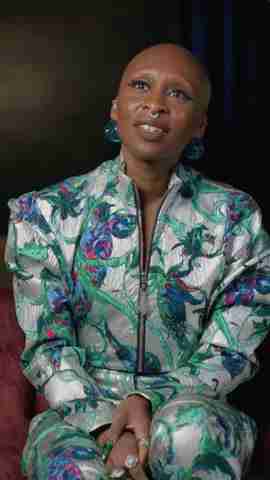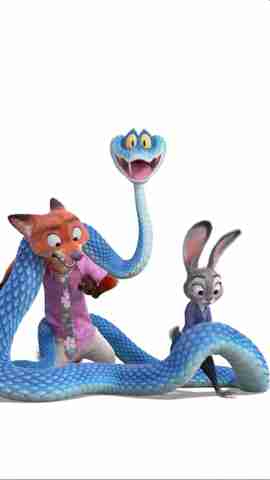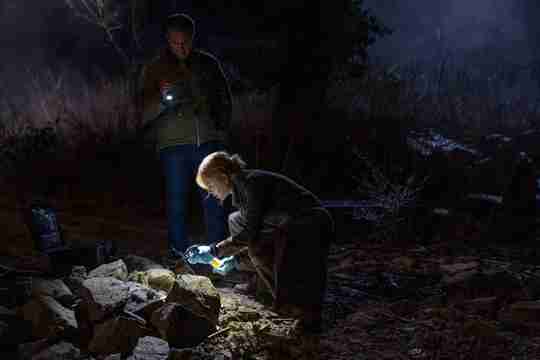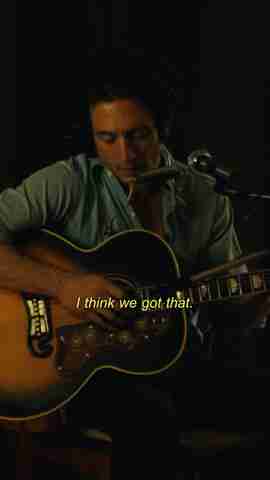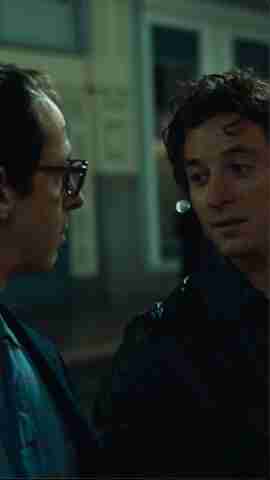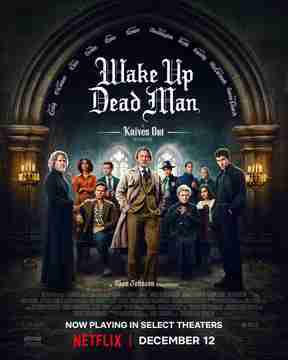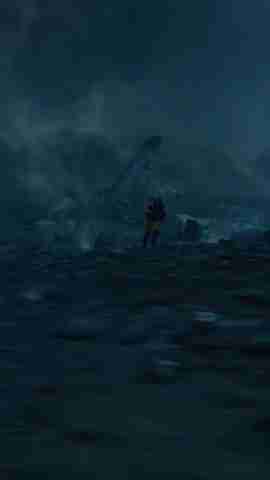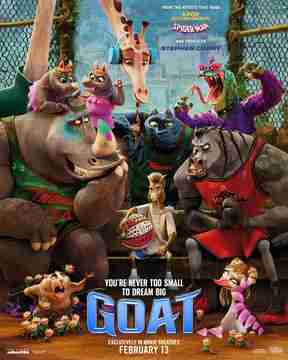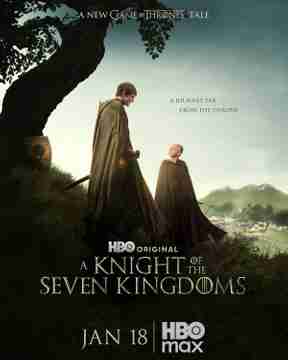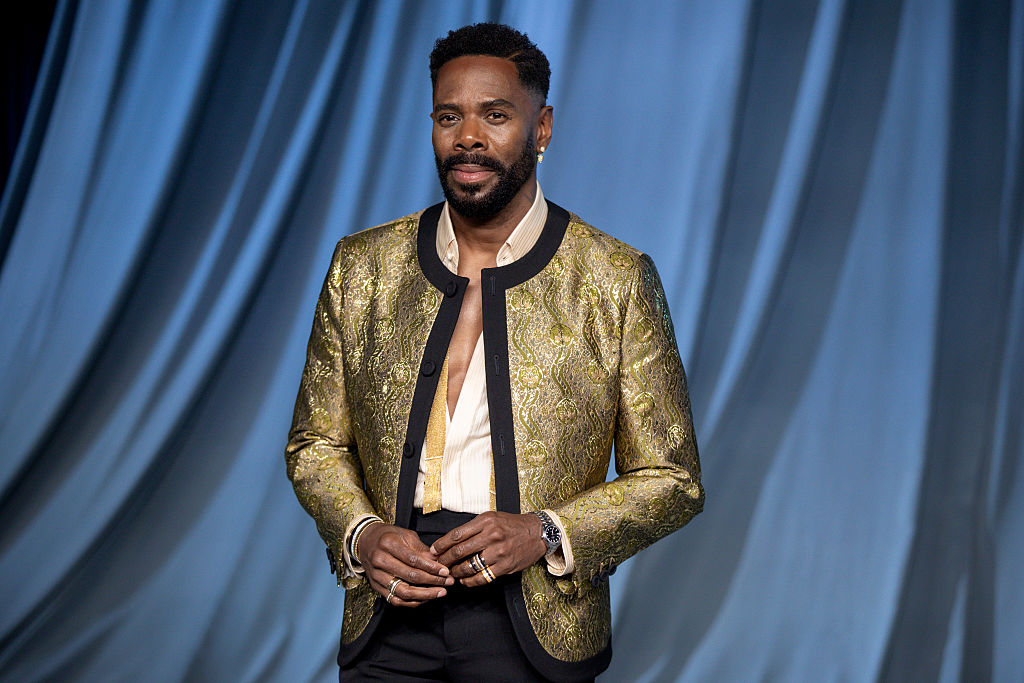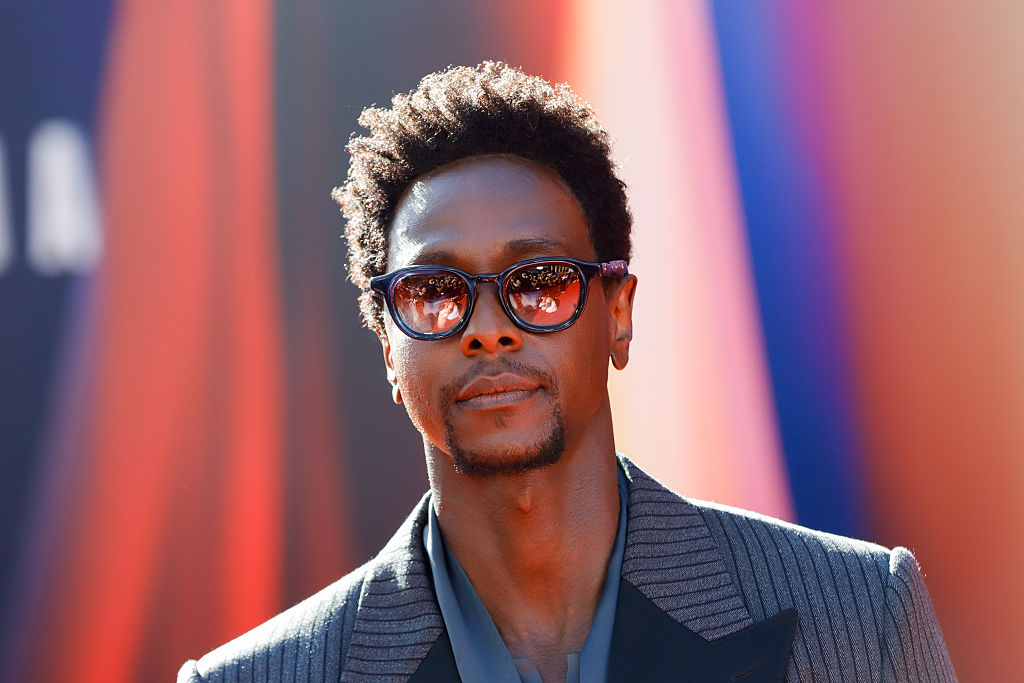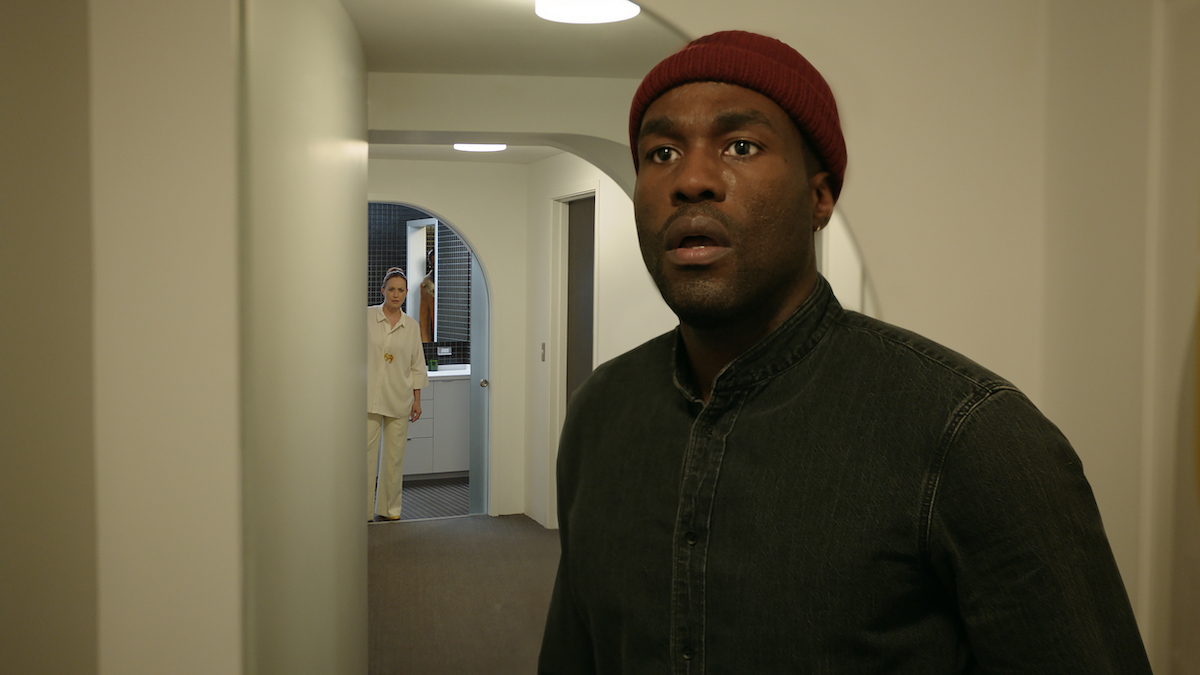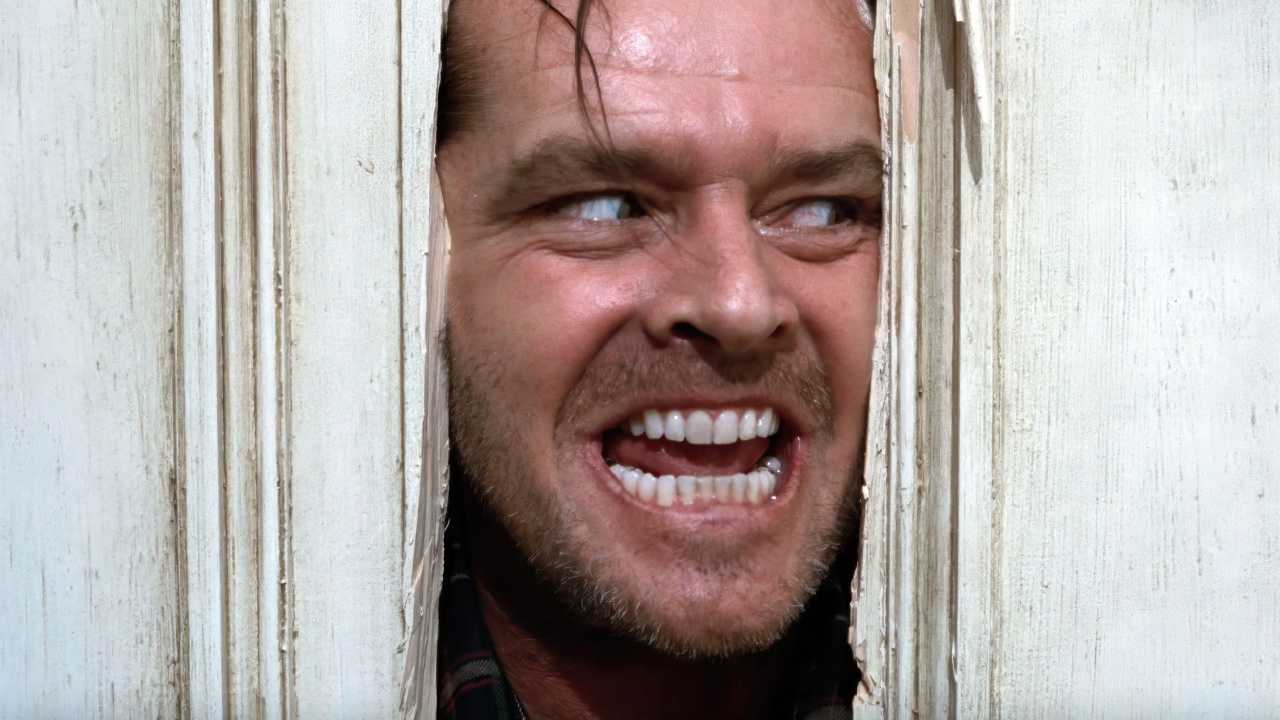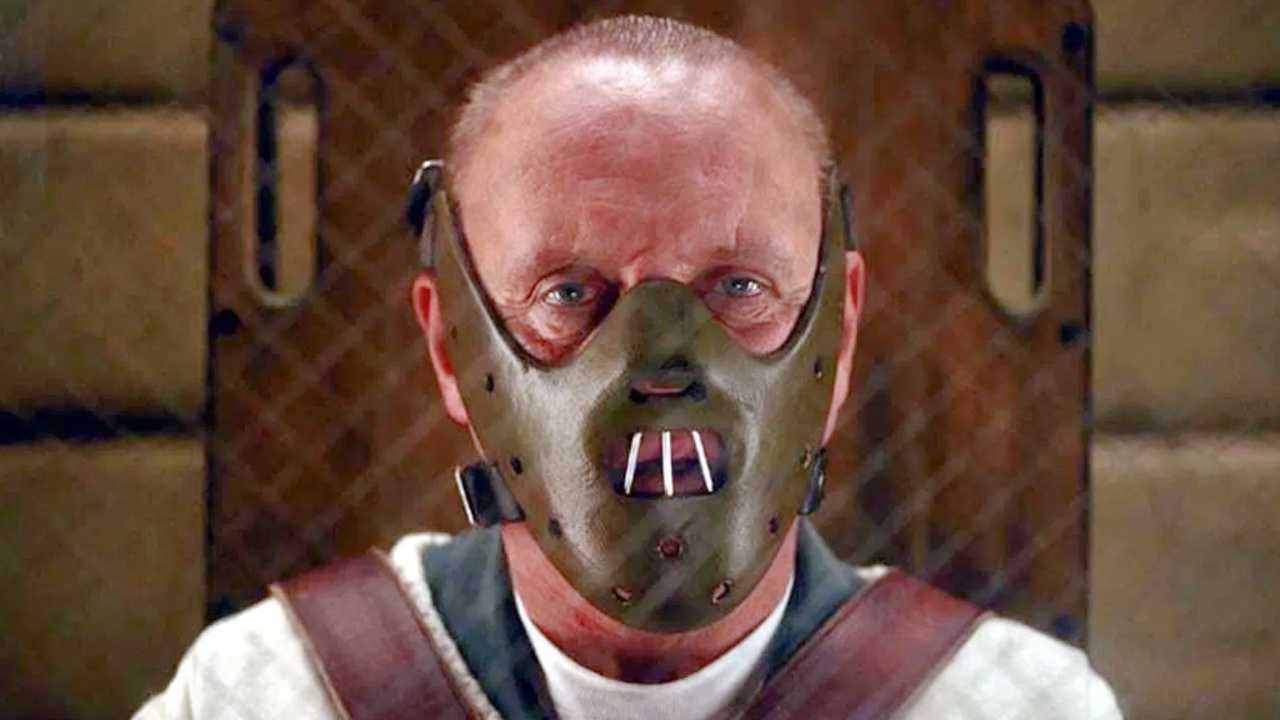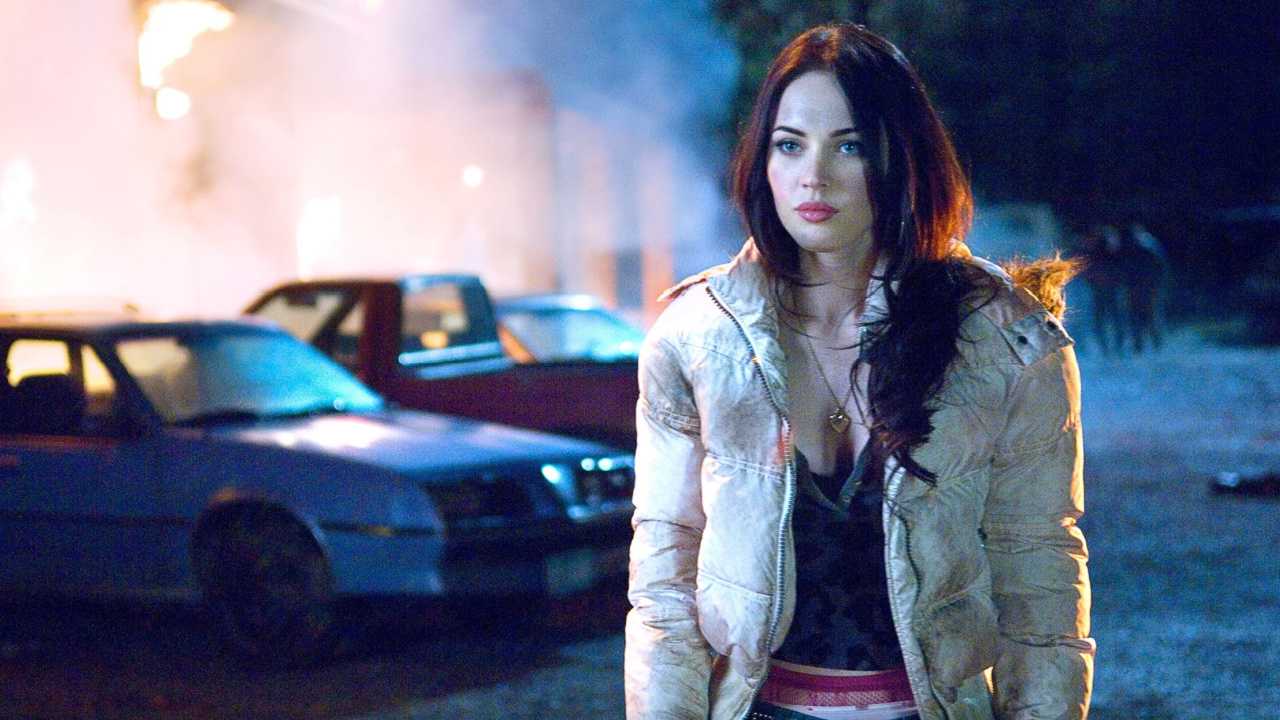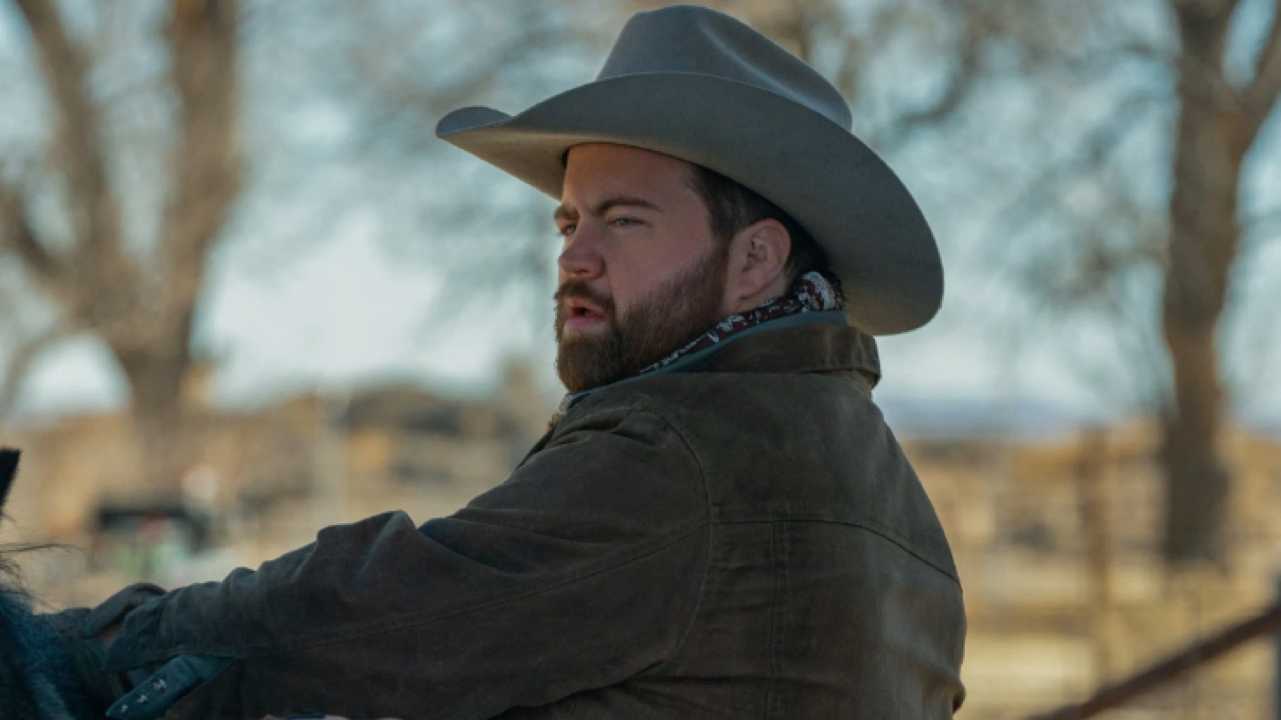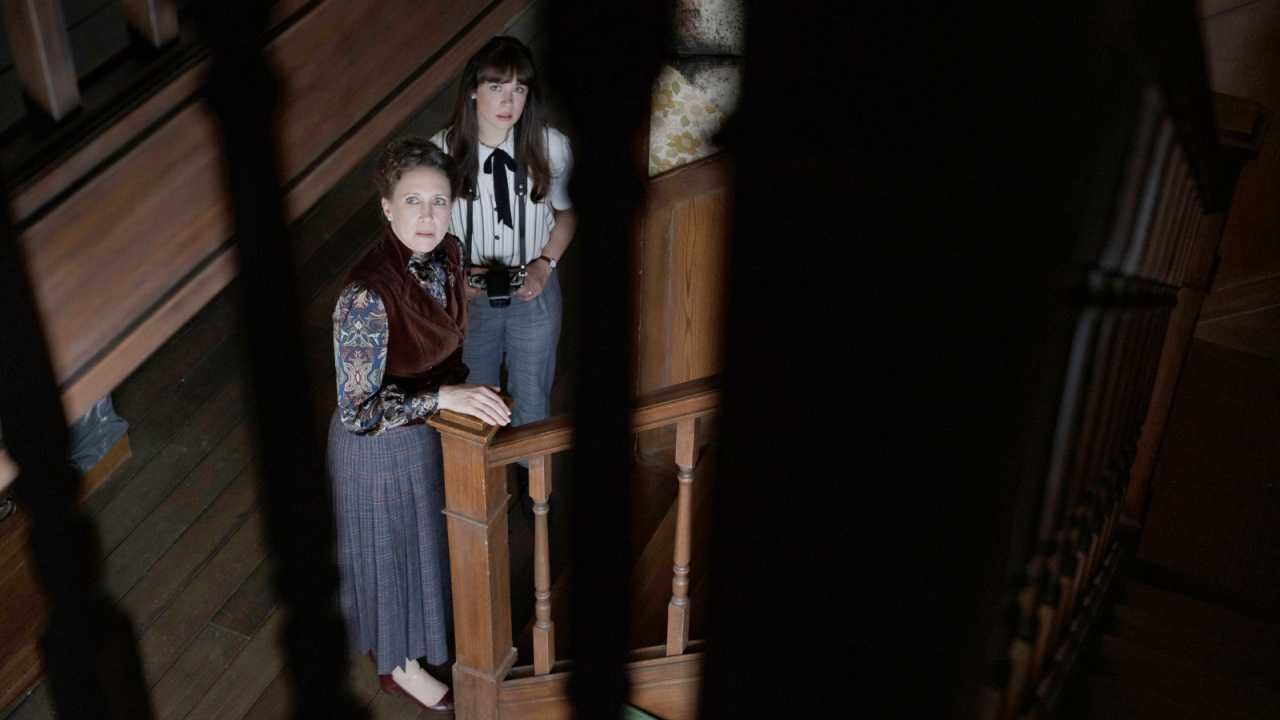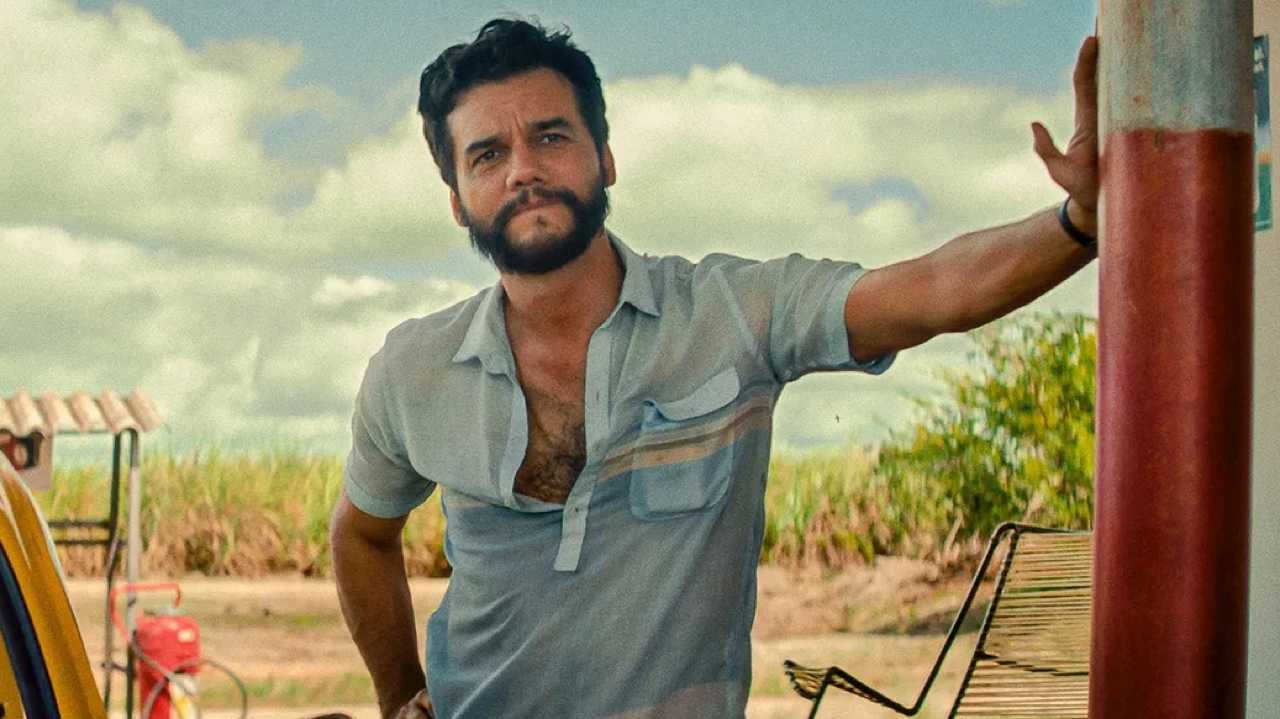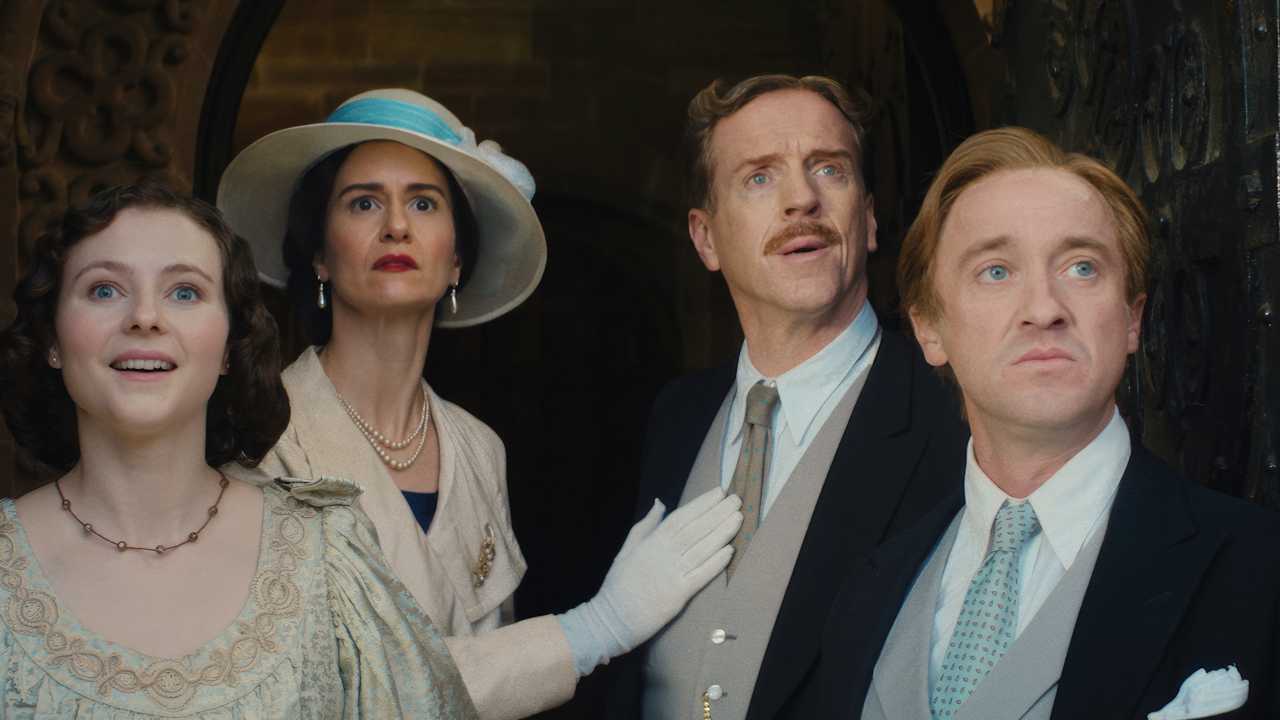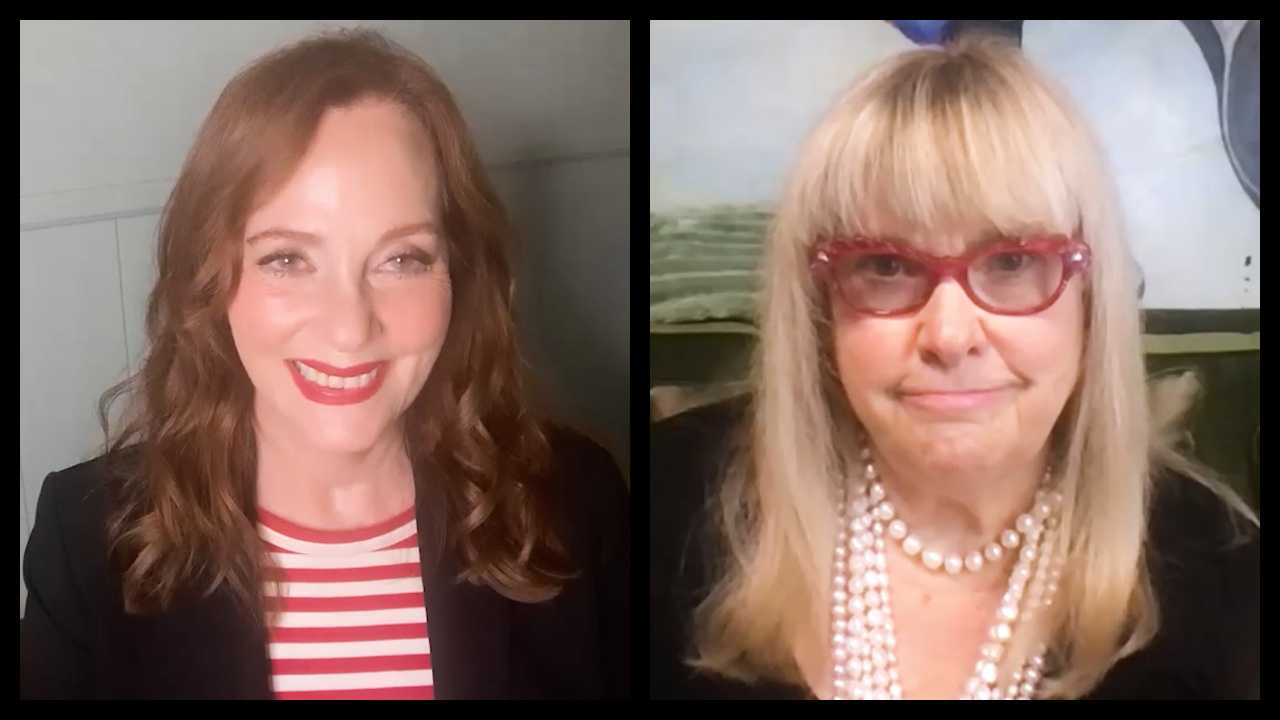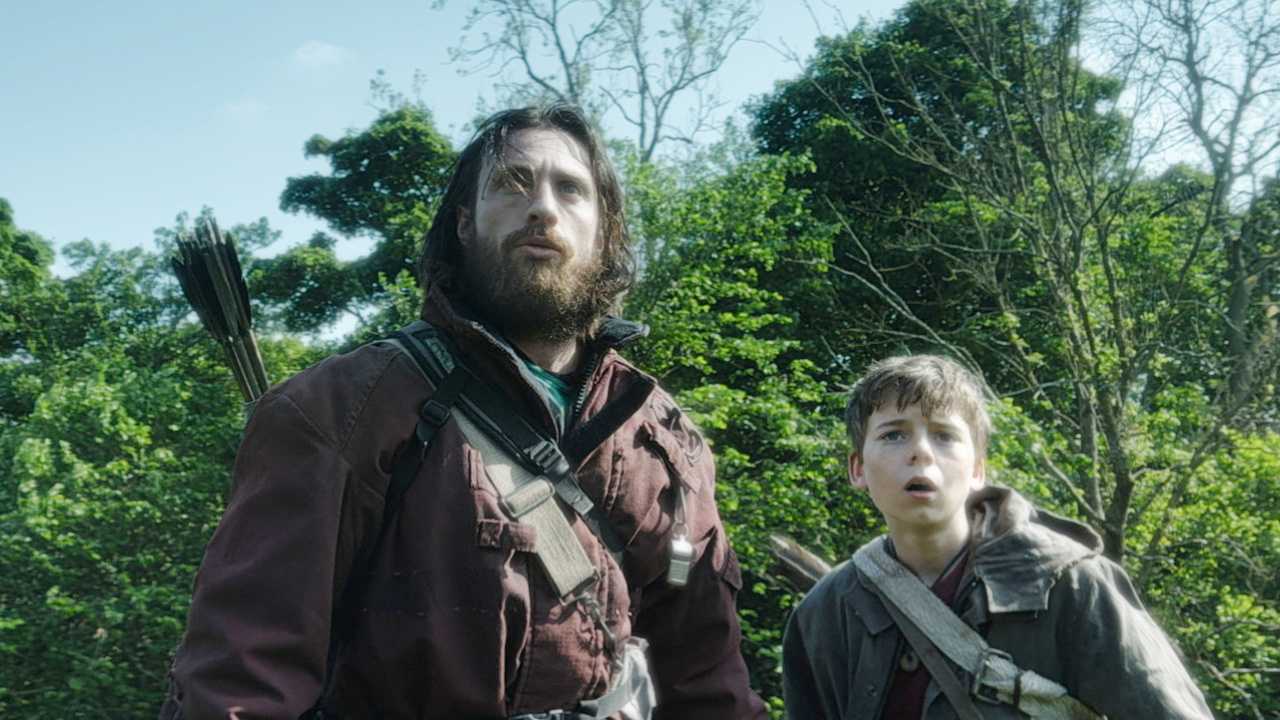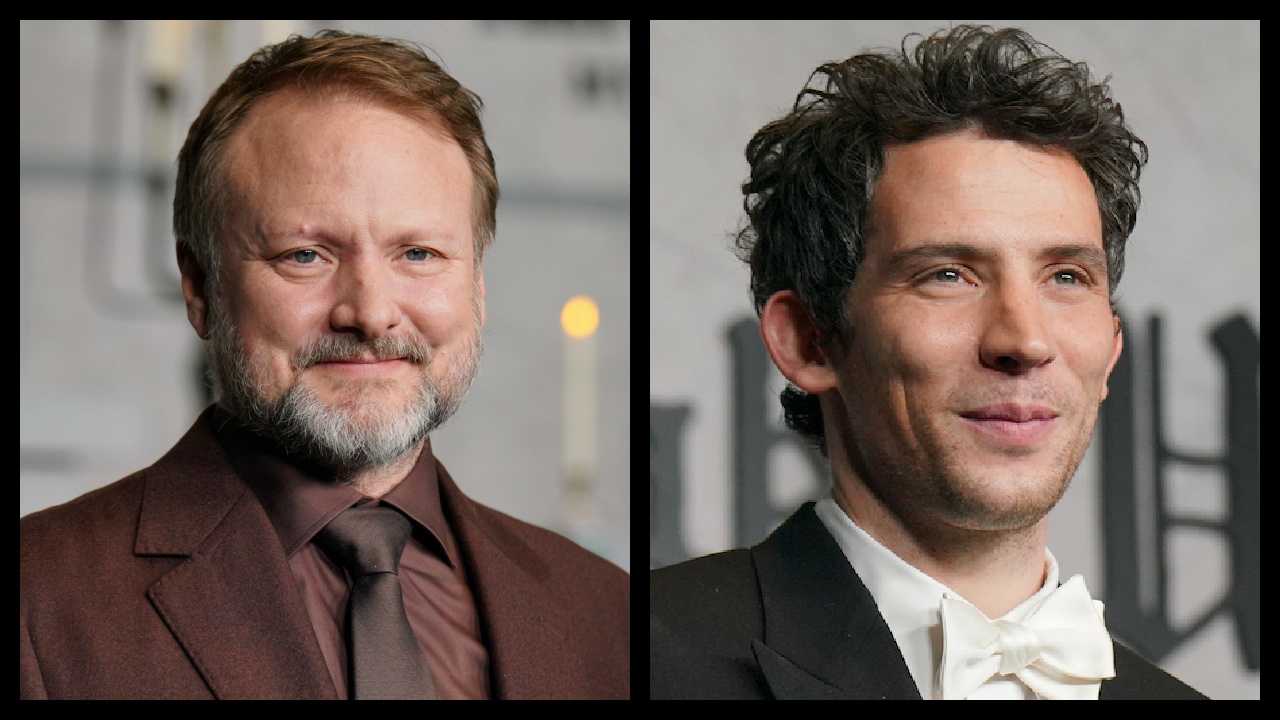David Sandberg on the Horror Inspiration Behind 'Annabelle: Creation'

For some people, dolls are just about the scariest thing they can imagine, more horrifying than clowns, werewolves, or clogged sinks. There's something about their dead-eyed stare, porcelain skin, and uncanny valley-crossing realness that causes many a sleepless night. And there have certainly been enough horror movies to capitalize on this fear (most notably, the long-running "Child's Play" franchise). For the newest generation though, cinema's scariest doll is named Annabelle.
Originally introduced in the first "Conjuring" film and based on a real-life Raggedy Ann doll that supernatural investigators The Warrens have in their museum of the occult, Annabelle has already starred in a spin-off (2014's "Annabelle") and is now back for a prequel to that film, set in the 1950s and delving deeper into the doll's origins. "Annabelle: Creation" is a lot of fun. It's also quite scary, taking the original film's concept and adding some much-needed layers of thoughtfulness and characterization. Oh, and it even hints at where the next chapter of the "Conjuring" universe will be set.
So it was a real thrill to get to talk to director David Sandberg, whose pervious film, "Lights Out," occupied a similar place in the summer movie season last year, proving a much-needed relief from all the mega-budget histrionics and giving us all exactly what we need: a really good scare.
In our conversation with the director (whose next film is the considerably more high-profile DC superhero flick "Shazam") we talk about what it's like extending the universe, if working with such young stars was a challenge, and what films inspired him.
Moviefone: How did you first get involved in the project? Were you a fan of the "Conjuring" universe?
David Sandberg: Yes, I was definitely a fan since the first film came out. I liked that it was more of a classic, old-school horror movie in many ways. How I got involved was I was finishing "Lights Out." We were in post-production. We had tested the movie and the tests had been great and everybody was really happy with it. New Line and James Wan [who had made "Lights Out"] came to me to see if I wanted to do "Annabelle."
I was dying to do something with these guys again but at first I was like, Well, where are they going to take that? Is it going to be the first movie one more time? Does the doll come back and all that? Then they sent me the script and I was pleasantly surprised to see that it was a very different story. It's such a different story that you don't even have to have seen the first movie to enjoy it with it being a prequel with an all-new cast. I was totally on board.
Was that part of the appeal, getting to begin this whole legend of the haunted doll?
Yeah, and that it was a stand-alone story so, I could make it more my own. It gave me a little bit more freedom. And the fact that it was a period piece made it very appealing. Period movies lend themselves very well to horror.
Obviously, you to add to the haunted doll trope, which is a classic staple of horror films.
Yes.
Was there anything that you were deliberately referencing?
Not in terms of things happening in the movie. First of all, it's a little bit of a challenge to take on, since the rules are that she can't move, or that she can't move around. So you have to come up with all of these things to get around it. We throw a sheet over her and have the sheet walking around. We figured we could have things happening around her and she's sort of the center of evil. So that was a challenge. But a fun challenge.
In terms of references, it was visual -- a big reference was "The Haunting," I love the CinemaScope cinematography in that movie. And in terms of sound, the biggest inspiration was "The Shining," just because I think it's one of the best horror scores ever. And it wasn't even an original score, since they used a lot of music by Krzysztof Penderecki, a Polish composer. So I used all of his stuff for temp music, when we were putting the movie together. At first I thought, Oh I am going to miss this music so much when we take it out. But [composer] Benjamin [Wallfisch] did an amazing job channeling that same mood.
I also got some "Devil's Backbone" vibes.
With the orphanage? Yeah. That may have been a subconscious reference. But I didn't consciously reference it, although it is a great movie and I love the mood in that film.Were there specific rules you made up as to what could or couldn't happen? There seems to be demons, possessions, all sorts of crazy things to keep track of.
We were just trying to come up with things to do since the doll can't do anything. Sometimes you come up with something and you cut it out because it's too much. And some things were just like, Well maybe we can have the scarecrow come alive? It was just about thinking of fun things to come up with and if it's too silly, we cut it out.
Almost every scene has a young actor in it. Was it challenging in terms of working with these young girls who maybe don't have as much experience?
The only challenge was the hours. They can't work after midnight and there are only so many hours they can work. There is no overtime. You have to get what you can get in that specific amount of time. Besides that they were amazing. They were super professional. We had pretty extensive casting period to find girls of this caliber. And it's kind of funny because Talitha Bateman is the sister of Gabriel Bateman, who was in "Lights Out." So I'd worked with her brother before. But it wasn't one of those things where it's like, "Yeah, I know your brother, you have the part." She had to audition and come in again and again and really prove that she had what it took. And she did. She nailed it.
Can you talk about your approach to the visuals in the film? I love the super-long shot, where one of the girls turns to the camera and says, "This goes on forever!"
[Laughs] Yeah. That was actually a late addition. It was, like, a day or so before we were shooting them arriving at the house. We thought, Let's do a long Steadicam shot when they arrive at the house. So I came in a couple of hours early and drew the diagram that said, Okay, this character walks up this and this character goes there. And we got it in 12 takes. That was it. I thought that this being a period piece and the "Conjuring" franchise feeling more classic and old-school, I wanted to shoot it like an older movie, where they have longer takes and it's not your typical coverage but you plan out more staging and blocking of shots, which I find a lot more fun. The standard coverage gets so boring.
There are also some fun transitions, too!
Yeah! Like the transition into the well. Most of that was planned out in advance. There's one transition that goes from night to day, where you see the house from the outside. That was something I came up with in the edit. It looks like the camera is in the exact same spot but it was actually one of those things where we found a shot during the night and a shot during the night and it's almost in the same position so we had the VFX guys line them up so we could go from night to day.
This movie is also super fun because it sets up another corner of the "Conjuring" universe, with the nun; there's a photo of her and she maybe shows up for a minute. Was it fun to plant those seeds and did you talk to Wan about where it was going to go?
Yeah, that was his idea. He wanted to have these references, now that it's officially a universe, he wanted these things to tie it together.
"Annabelle: Creation" haunts theaters everywhere Friday, August 11th.
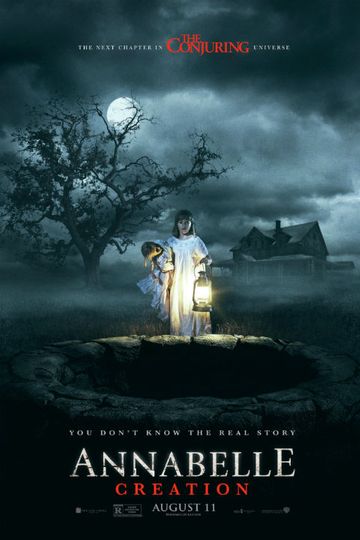
Annabelle: Creation

